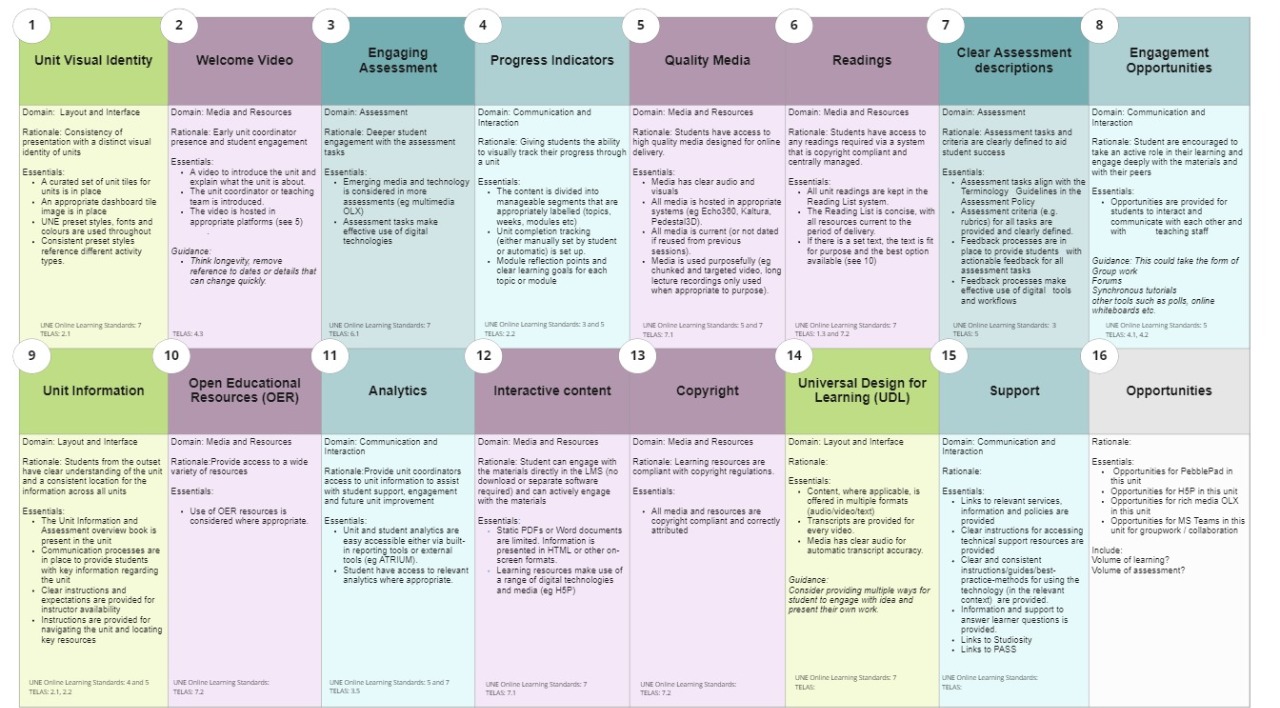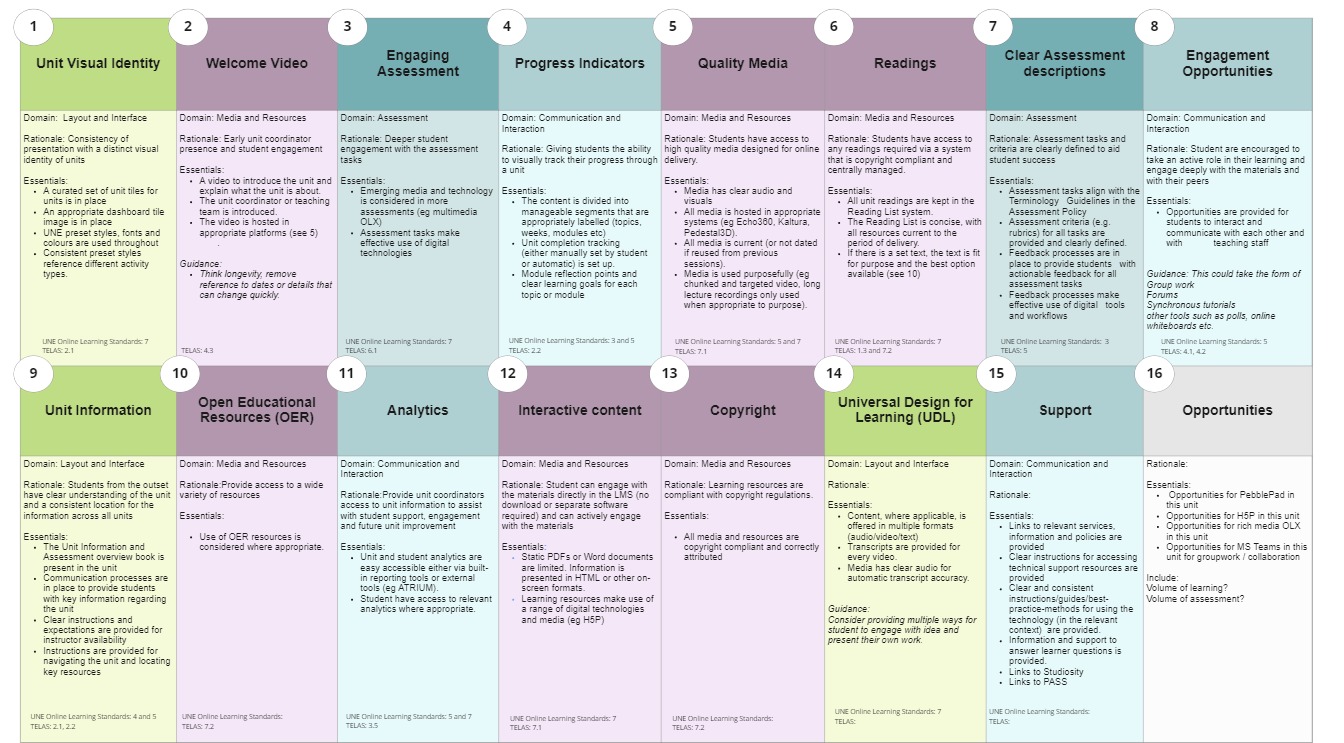

This element encourages unit coordinators to explore a range of resources that are relevant to the discipline / topic area. This enables resources to provide for student engagement in different learning formats and also with altering levels of interactivity and agency.
This element connects well with Element 14 Universal Design for Learning. With access to so many resources via the internet, this provides unit coordinators with an opportunity to access information or resources for free. Open access resources are supported by creative commons licensing. The flip side to this is that students may also become creators of such resources themselves.
In Open Access digital artefacts are freely accessed, with no financial costs to the person that accesses them; in addition an area, which is of great interest, is how resources that are freely accessed can also be reused, with or without modification. This usually includes the conditions under which reuse and modification could be legitimate. Creative Commons (2014) is the major influential licensing framework that has attempted to regulate access and reuse. (Hatzipanagos1 & Gregson, 2015, p. 98)
Building an educational system that allows for full participation requires consideration of many factors, including financial and disability-related barriers limiting student engagement. One method for increasing accessibility is through the creation and use of Open Educational Resources (OER), in place of commercial textbooks, as the primary resource for university and college courses. OER are teaching, learning, and research materials that are either in the public domain or licensed in such a manner that provides everyone with free and perpetual access. OER can take many forms including videos, images, textbooks, online activities, quizzes, and demonstrations. Indeed, any educational resource available in the public domain, or licensed as open, can be classified as an OER. (Norris et al., 2023, n.p)
This element relates to the following research and practice informed guidelines/frameworks:
TELAS Guidelines
UNE Course Design Framework (V2.0)
Some things you can do include:
A useful site to explore: COMMONS. OER Commons.org
Search the UNE library website for OER and also information on how to use OER in your teaching.
Visit the Library OER information and guides.
CAUL OER Collective – Library open textbook project
Hatzipanagos1, S., & Gregson, J. (2015). The role of open access and open educational resources: A distance learning perspective. The Electronic Journal of E-Learning, 13(2), 97–105. https://files.eric.ed.gov/fulltext/EJ1060161.pdf
Norris, M. E., Swartz, M., & Kuhlmeier, V. A. (2023). The importance of copyright and shared norms for credit in Open Educational Resources. Frontiers in Education, 7, 1069388. https://doi.org/10.3389/feduc.2022.1069388
UNE Curriculum Renewal and Course Design Framework
TELAS Framework https://www.telas.edu.au/framework/
UNE Online Learning Standards: https://myune.sharepoint.com/sites/academic-transformation/SitePages/Principals-for-Designing-Learning-Experiences-Online.aspx
Domain: Media and Resources
Rationale: Provide access to a wide variety of resources
Essentials:
Standards: